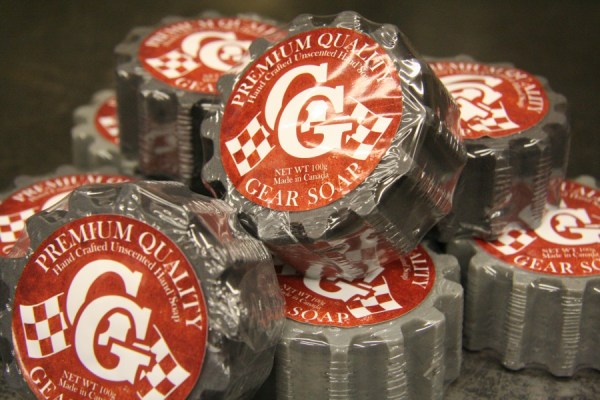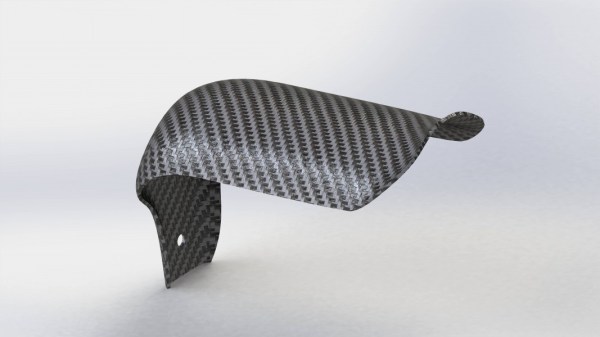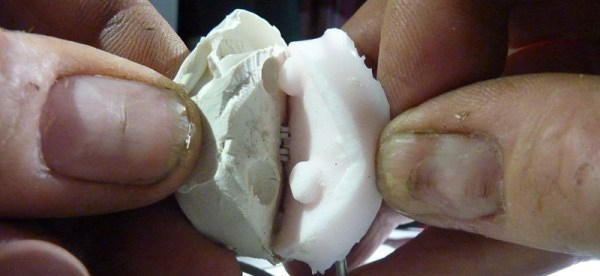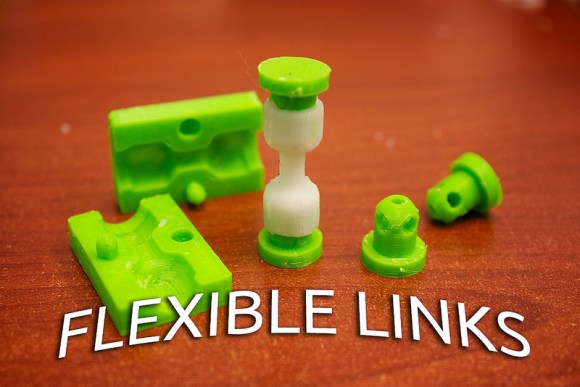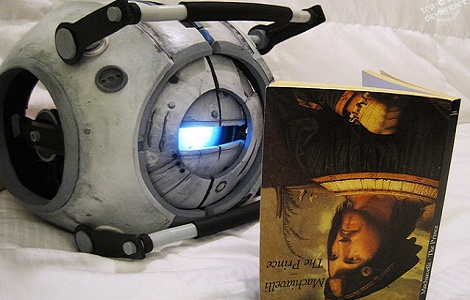At first glance, it’s easy to dismiss the creation of custom bath soaps as far outside the usual Hackaday subject matter, and we fully expect a torrent of “not a hack” derision in the comments. But to be able to build something from nothing, a hacker needs to be able to learn something from nothing, and there is plenty to learn from this hack.
On the face of it, [Gord] is just making kitschy custom bath soaps for branding and promotion. Cool soaps, to be sure, and the drop or two of motor oil and cutting fluid added to each batch give them a little machine shop flair. [Gord] experimented with different dyes and additives over multiple batches to come up with a soap that looked like machined aluminum; it turns out, though, that adding actual aluminum to a mixture containing lye is not a good idea. Inadvertent chemical reactions excepted, [Gord]’s soaps and custom wrappers came out great.
So where’s the hack? In stepping way outside his comfort zone of machining and metalwork, [Gord] exposed himself to new materials, new techniques, and new failure modes. He taught himself the basics of mold making and casting, how to deal with ultra-soft materials, the chemistry of the soap-making process, working out packaging and labeling issues, and how to deal with the problems that come from scaling up from prototype to production. It may have been “just soap”, but hacks favor the prepared mind.

